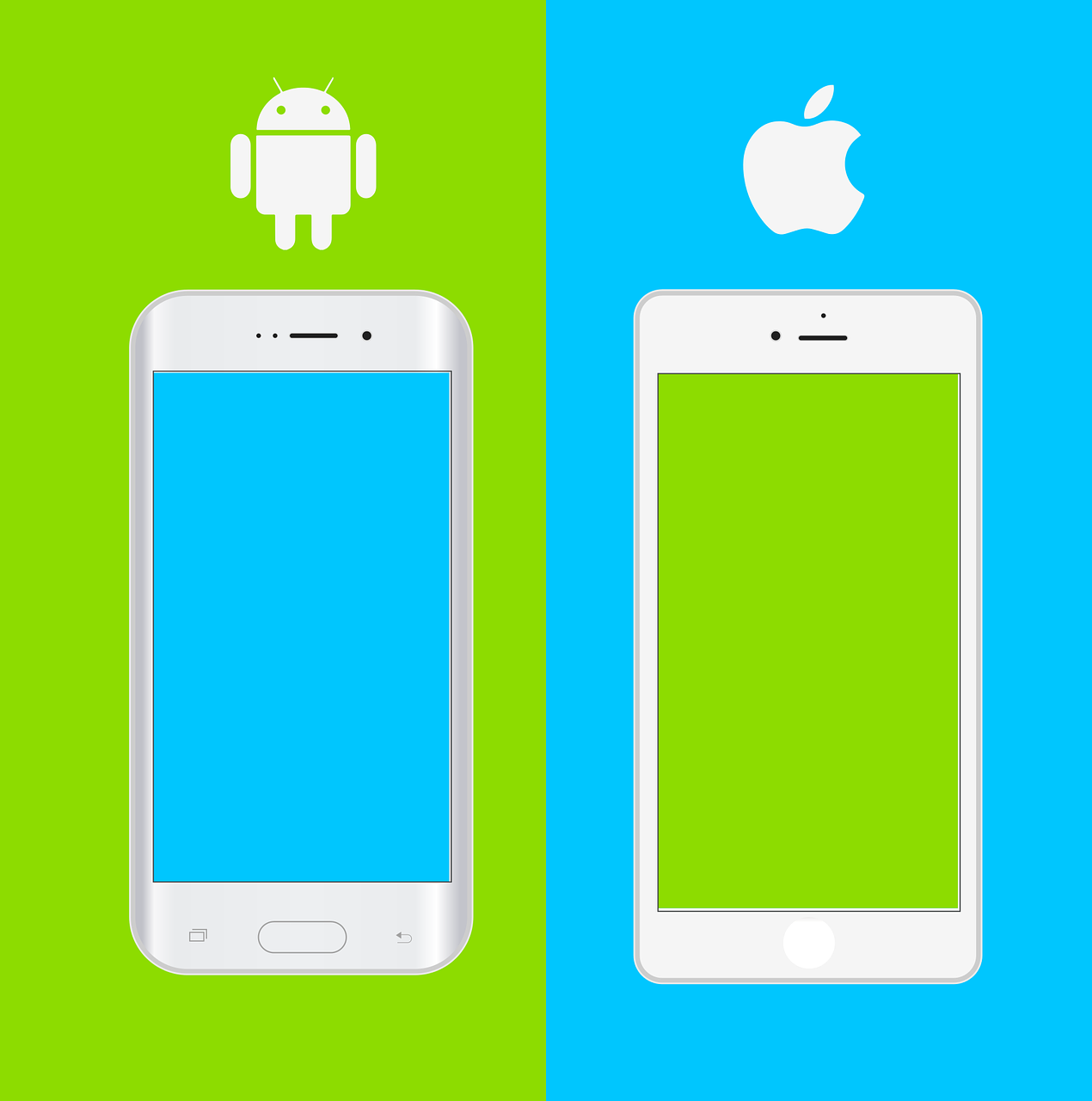Complete guide to cell phone plans with smartphone: how to compare unlimited and family plans in the United States
Cell phone plan or prepaid SIMs? In the US, carriers push unlimited data, bundles and device financing. This guide shows how to compare offers, avoid hidden fees, keep your number when switching to a better plan, and choose reliable coverage for daily use

What are the best cell phone plans with unlimited data in the US?
Unlimited data plans have become the standard offering from major carriers, but not all unlimited plans are created equal. True unlimited plans provide unrestricted high-speed data, while others may throttle speeds after reaching certain thresholds. Verizon’s premium unlimited plans offer priority data and premium streaming services, while T-Mobile focuses on international benefits and Netflix inclusions. AT&T provides various unlimited tiers with different streaming perks and mobile hotspot allowances.
When evaluating unlimited plans, consider factors beyond just data limits. Network coverage in your area, international roaming capabilities, streaming service inclusions, and mobile hotspot allowances all impact the real value of your plan. Premium unlimited plans typically cost between $70-90 per line for single users, while basic unlimited options start around $50-65 monthly.
How do family plans from Verizon AT&T and T-Mobile offer add-a-line savings?
Family plans provide substantial savings compared to individual lines, with costs decreasing significantly as you add more lines. Verizon’s family plans can save up to $40 per line when you have four lines compared to individual pricing. T-Mobile offers competitive family pricing with the third line often free during promotional periods. AT&T provides similar multi-line discounts with additional perks for larger families.
The savings structure typically works on a sliding scale – two lines might save $10-15 per line, while four or more lines can reduce costs by $30-40 per line monthly. Family plan benefits often extend beyond pricing, including shared data allowances, family safety features, and coordinated billing that simplifies management for busy households.
What are SIM-only and prepaid options from MVNOs for flexible budgets?
Mobile Virtual Network Operators (MVNOs) leverage major carrier networks while offering significantly lower prices and flexible terms. Companies like Mint Mobile, Visible, and Cricket Wireless provide excellent alternatives for budget-conscious consumers. These carriers typically offer SIM-only plans without lengthy contracts, allowing you to bring your existing device and avoid financing charges.
MVNO plans often cost 30-50% less than major carrier equivalents while using the same network infrastructure. Prepaid options eliminate credit checks and deposits while providing complete cost control. Popular MVNOs include Boost Mobile (T-Mobile network), Total Wireless (Verizon network), and Red Pocket Mobile (multiple network options), each offering unique benefits for different usage patterns.
How to switch carriers and keep your number with number portability?
Number portability regulations allow you to keep your existing phone number when switching carriers, making the transition seamless. The process involves requesting a port from your new carrier, who handles the technical transfer with your previous provider. You’ll need your account information, including account number and PIN or password from your current carrier.
The porting process typically completes within 24 hours for wireless numbers, though complex situations may take longer. Avoid canceling your old service before the port completes, as this could result in losing your number. Your new carrier will automatically cancel your previous service once the port successfully completes, ensuring no service interruption during the transition.
Should you choose device financing vs buying outright: costs comparison?
Device financing spreads smartphone costs over 24-36 months, making premium phones more accessible but potentially increasing total costs. Buying outright eliminates monthly device payments and provides immediate ownership, though it requires significant upfront investment. Financing often includes promotional offers like trade-in credits or reduced interest rates that can offset additional costs.
| Payment Method | Upfront Cost | Monthly Impact | Total Cost | Flexibility |
|---|---|---|---|---|
| Buy Outright | $700-1200 | $0 device payment | Purchase price | Complete ownership |
| 24-month Financing | $0-200 down | $25-45/month | Often matches retail | Limited until paid |
| 36-month Financing | $0-100 down | $20-35/month | May include interest | Longest commitment |
| Lease Programs | $0-50 down | $15-30/month | No ownership | Easy upgrades |
Prices, rates, or cost estimates mentioned in this article are based on the latest available information but may change over time. Independent research is advised before making financial decisions.
Understanding network coverage and performance differences
Network quality varies significantly by location, making coverage maps and real-world testing essential for choosing the right carrier. Verizon traditionally leads in rural coverage, while T-Mobile excels in urban areas with faster 5G deployment. AT&T provides balanced coverage with strong business-focused features and international roaming options.
Consider your specific usage patterns when evaluating networks. Frequent travelers need extensive coverage areas, while urban users might prioritize 5G speeds and data performance. Many carriers offer trial periods or satisfaction guarantees, allowing you to test service quality before committing to long-term contracts.
Choosing the right cell phone plan requires balancing cost, coverage, and features that match your specific needs. Whether you opt for premium unlimited plans from major carriers or budget-friendly MVNO alternatives, understanding the true costs and benefits helps ensure you get the best value. Take advantage of number portability to switch carriers freely, and consider both immediate and long-term costs when deciding between device financing and outright purchases. Regular plan reviews ensure your service continues meeting your evolving communication needs while maintaining reasonable monthly expenses.




